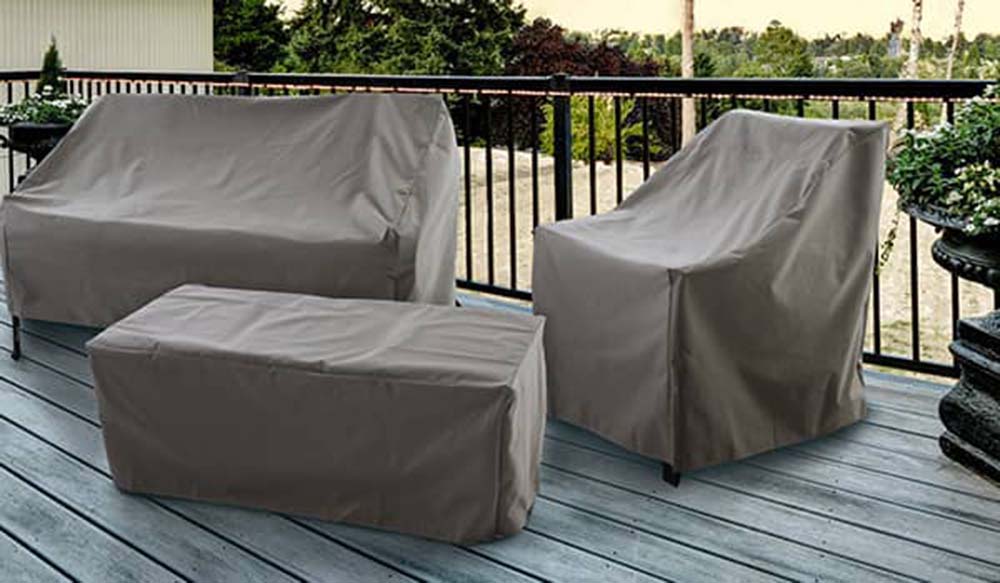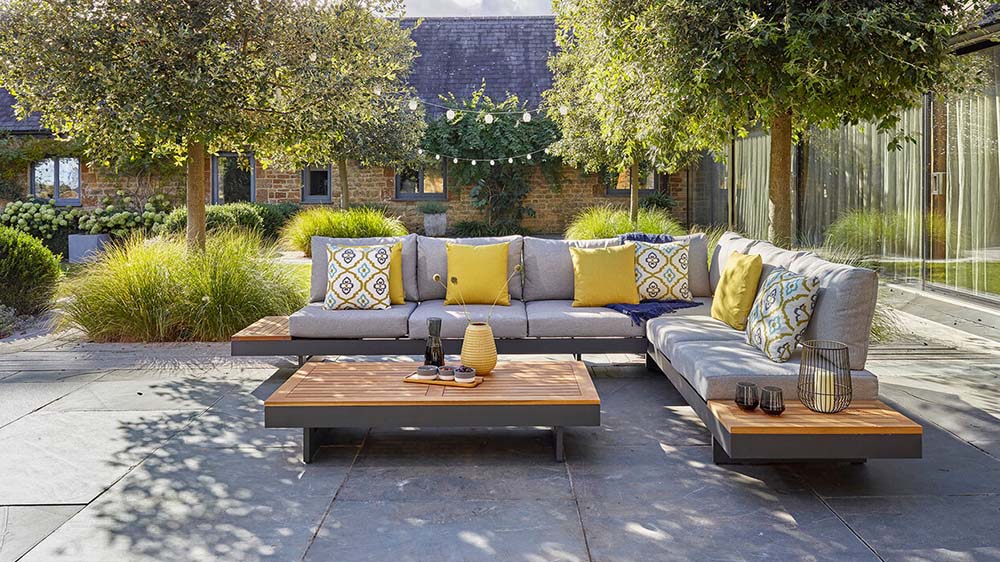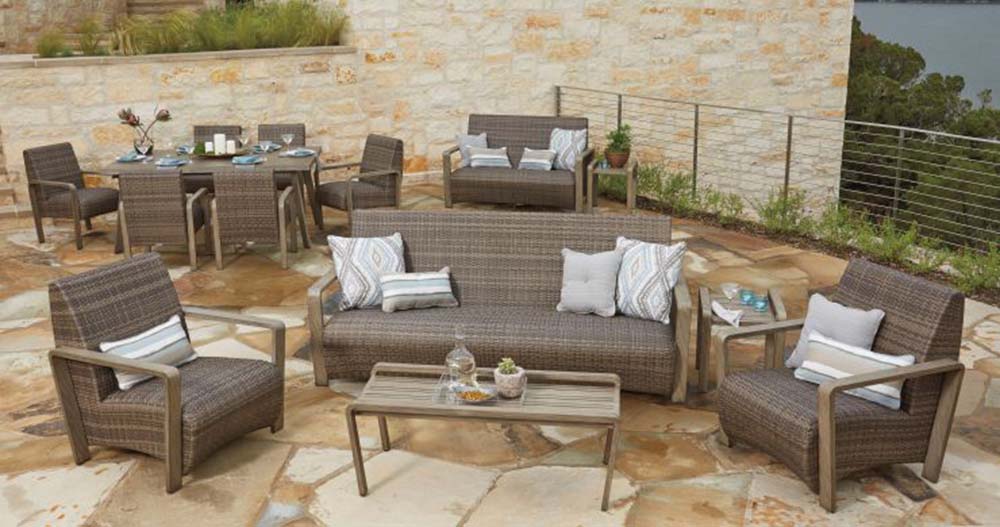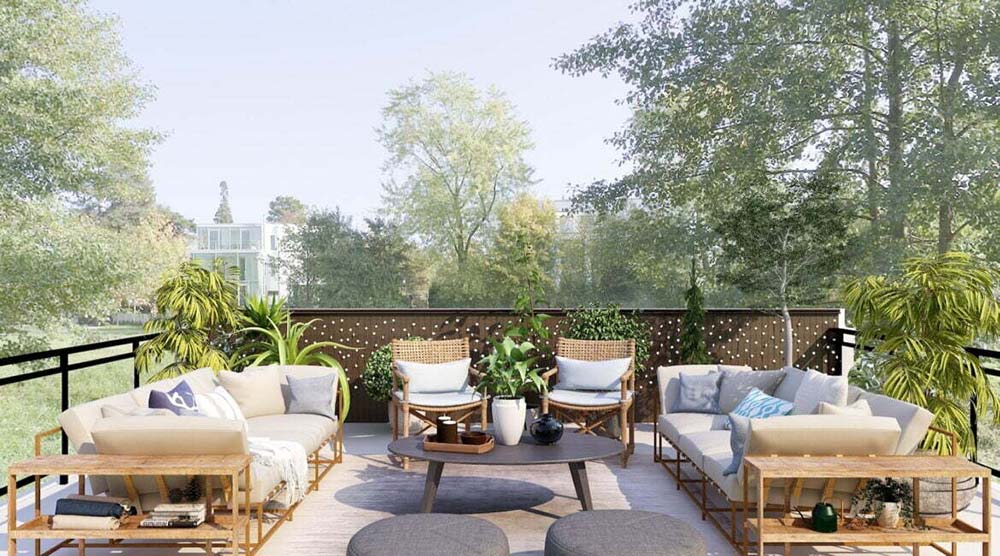Expert Advice: To Cover Or Not To Cover Patio Furniture?
A patio is one of the most practical home improvement features you can add to your home. No matter the season, there are a lot of activities that can take place in a well-furnished patio including BBQs, relaxing afternoons with family among others. One of the key ways that you can ensure that your patio remains visually alluring and functional is to ensure that the furniture in the space are properly maintained. The best way to do this? Cover your patio furniture.
Top Reasons to Cover Your Patio Furniture
In a nutshell, some of the main reasons why you should cover your patio furniture include:
• To enhance the longevity of your furniture
If your patio is constructed with an open design, your furniture will be constantly exposed to harsh weather conditions including rain, snow, and, direct exposure to the sun. Extreme weather conditions or prolonged exposure will take a toll on your furniture and make them seem worn and old even when they are fairly new.
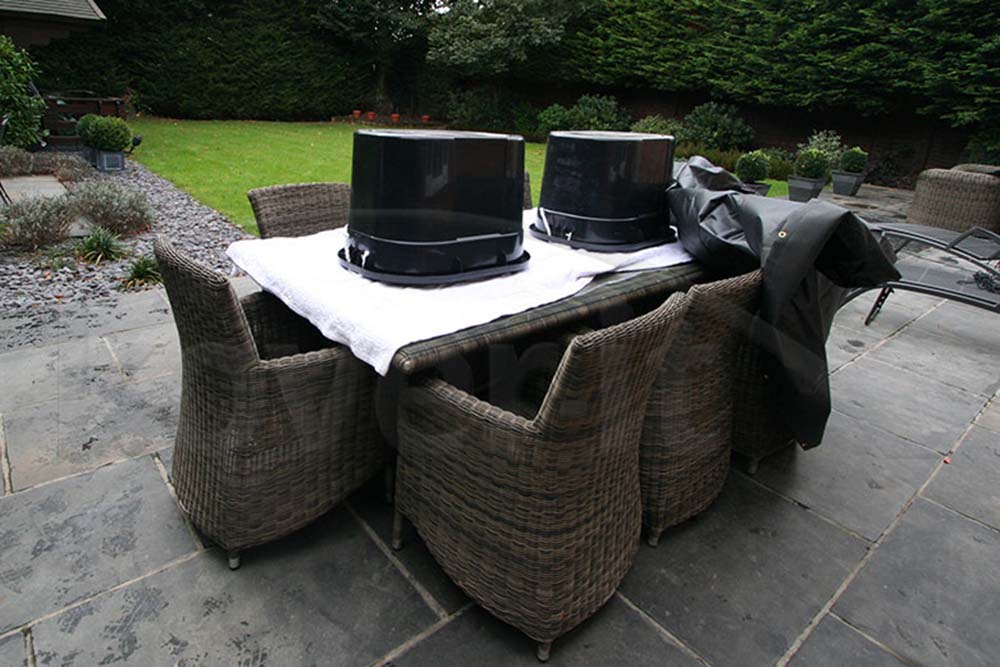
Covering your furniture will not only help them retain their sheen but it will also increase their lifespan.
• To protect your furniture from exposure to UV lights
Prolonged exposure to the sun’s rays can take a tool on the structural integrity of your furniture especially if you live in an area that is dry. Covering your patio furniture will protect the integrity of the materials used in making the furniture such as natural wickers.
• To protect against rust
If your patio furniture is made of metal material such as wrought iron, covering the furniture will help prevent moisture from reaching the metal material hence preventing the formation of rust.
• To protect from moisture
Prolonged exposure of most of the materials used in making furniture to moisture will have detrimental effects on the furniture. For example, in metal materials moisture may induce the formation of rust, in natural wickers it may cause breakages, while in wood it can lead to rot. Placing a cover on patio furniture will help protect against the collection of moisture on the items. This will increase their durability and helping them in retaining their original appeal.
• To protect furniture fittings
Items such as cushions and pillows that are usually placed on patio furniture can easily get damaged when exposed to the elements. Covering your furniture will help protect your fittings from damage by direct exposure to sun rays, dust, and, other weather elements.
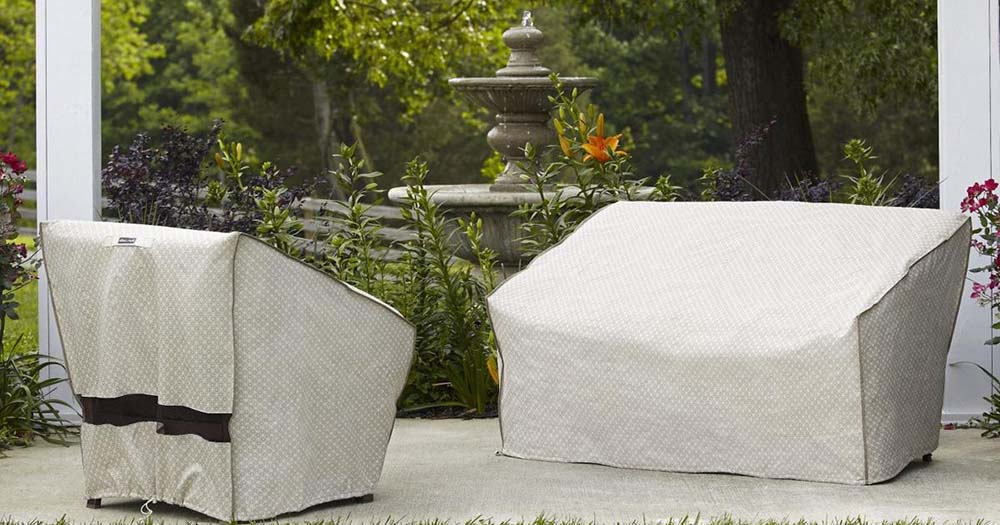
At this point, you may be asking yourself… In what conditions should I cover my patio furniture?
Generally, it is advisable that you cover your patio furniture when they are not in use especially if you have an open patio setting. Consider covering your furniture in the following situations:
- If you reside in an area with high levels of humidity
- During the winter season to protect from snow
- During summer when the sun is shining hot overhead
- If you reside in an area with high winds that sweep dust and debris into your property
- If you are not planning on using your patio for a while for example when going on a holiday
That said, when selecting patio covers, it is important that you look for covers that both breathable and waterproof. The waterproofing feature will prevent moisture from seeping onto your furniture while the breathability feature will allow moisture that may collect under the cover to evaporate quickly.

